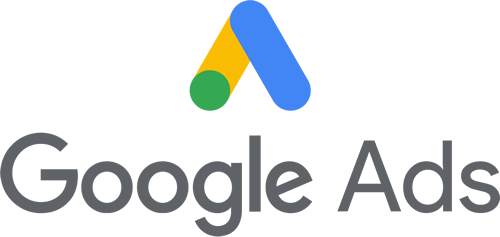Alternatives to Google Ads
Alternatives to Google Ads
Blog Article
If you desire alternative for google ads for internet marketing, there are lots of platforms and techniques you can consider. Each has a unique strengths and could be more suitable depending on your market, budget, and advertising goals. Here are some popular alternatives:
1. Facebook Ads
Audience Targeting: Highly sophisticated targeting options based on demographics, interests, behaviors, plus more.
Ad Formats: Various formats including image, video, carousel, and stories.
Reach: Massive user base with diverse demographics.
2. Instagram Ads
Visual Appeal: Ideal for brands with strong visual content.
Integration: Seamless integration with Facebook Ads Manager.
Engagement: High engagement rates, especially with younger audiences.
3. LinkedIn Ads
Professional Audience: Best for B2B marketing and targeting professionals.
Ad Formats: Sponsored content, text ads, and InMail ads.
Networking: Great for building professional relationships and brand authority.
4. Twitter Ads
Real-Time Engagement: Effective for real-time marketing and trending topics.
Ad Formats: Promoted tweets, accounts, and trends.
Conversations: Good for doing conversations and building brand presence.
5. Bing Ads (Microsoft Advertising)
Search Engine: Second largest search engine after Google.
Lower Competition: Often less competitive and potentially less expensive-per-click (CPC).
Integration: Works well with Microsoft’s ecosystem, including LinkedIn.
6. Amazon Advertising
E-Commerce Focus: Ideal for sellers on Amazon or those aiming to drive revenue.
Ad Formats: Sponsored products, brands, and display ads.
Intent-Based: Targets users rich in purchase intent.
7. Pinterest Ads
Visual Discovery: Great for brands in style, interior decor, food, and DIY.
Ad Formats: Promoted pins, carousel ads, and video pins.
Inspiration: Users often use Pinterest for inspiration and planning purchases.
8. YouTube Ads
Video Content: Ideal for brands with strong video content.
Ad Formats: TrueView in-stream, video discovery, and bumper ads.
Engagement: High engagement with video content.
9. Native Advertising Platforms (Outbrain, Taboola)
Content Integration: Ads blend seamlessly with content on publisher sites.
Reach: Access to a wide network of premium publishers.
Engagement: Often higher engagement rates because of non-intrusive nature.
10. Programmatic Advertising
Automation: Uses AI to automate ad buying and.
Efficiency: Targets specific audiences across multiple platforms in real-time.
Scale: Can reach a large audience efficiently.
11. Retargeting/Remarketing Platforms (AdRoll, Criteo)
Re-Engagement: Targets users who've previously visited your internet site.
Personalization: Delivers personalized ads determined by user behavior.
Conversion: Effective in converting users who showed initial interest.
12. Email Marketing
Direct Communication: Directly reach your audience’s inbox.
Personalization: Highly personalized and targeted campaigns.
Cost-Effective: Generally less expensive compared to paid ads.
13. Influencer Marketing
Authenticity: Leverage the trust and following of influencers.
Niche Targeting: Reach specific niches through relevant influencers.
Engagement: High engagement rates with influencer endorsements.
14. Content Marketing and SEO
Organic Reach: Focus on creating valuable content to draw organic traffic.
Long-Term: Builds long-term traffic and authority.
Cost-Effective: Lower ongoing costs in comparison with paid ads.
15. Affiliate Marketing
Performance-Based: Pay for performance (e.g., sales, leads).
Scalability: Easily scalable with a network of affiliates.
Diverse Reach: Access to diverse audiences through various affiliates.
Choosing the Right Alternative:
Audience: Consider where your audience spends their time.
Budget: Evaluate the cost-effectiveness of each and every platform.
Goals: Align system with your advertising objectives (e.g., brand awareness, lead generation, sales).
Content: Match the woking platform with the kind of content you may create (e.g., visual, video, text).
By diversifying your advertising strategy across multiple platforms, you'll be able to reach a broader audience and reduce dependency on any single channel.